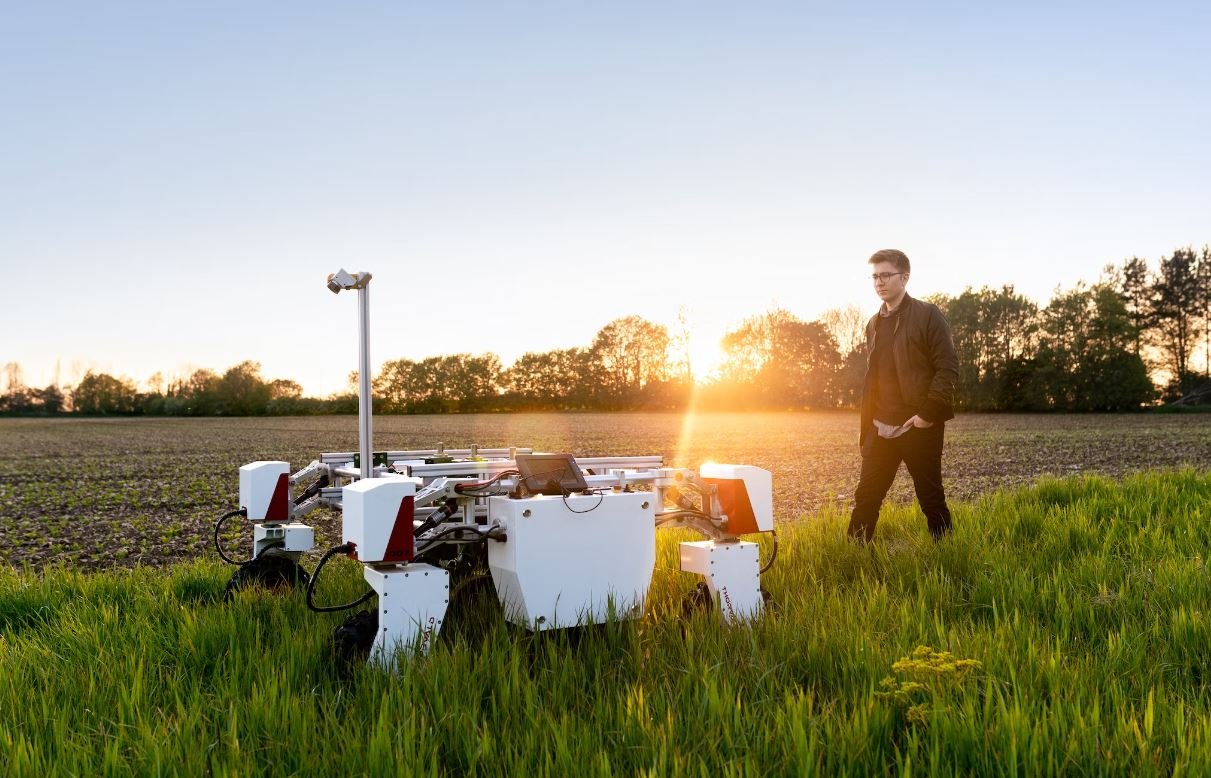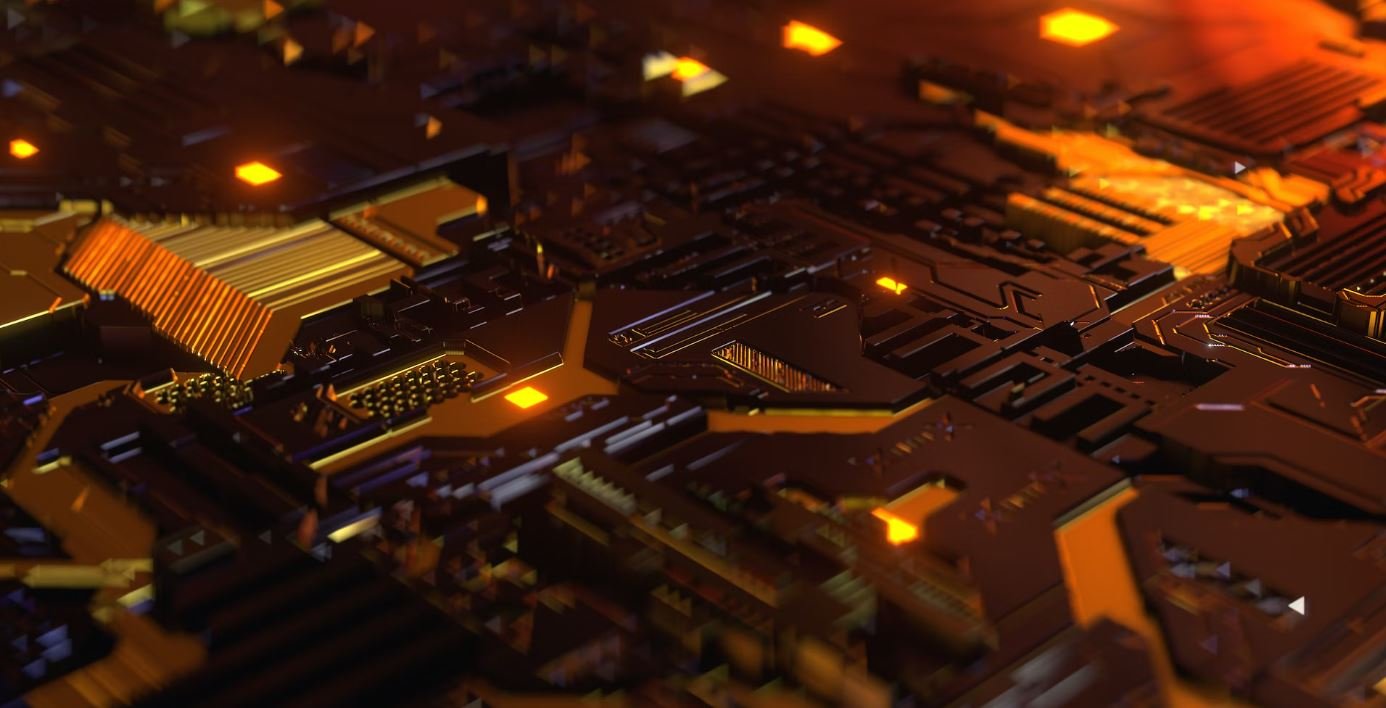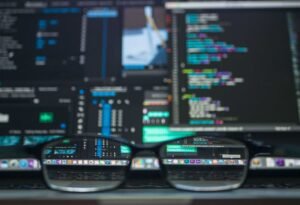Deepfake Now
Deepfake technology, which uses artificial intelligence to manipulate or create convincing fake videos, has rapidly advanced in recent years. These sophisticated algorithms allow anyone with a computer and internet access to edit videos to create highly realistic deceptive content which poses serious ethical, legal, and security concerns.
Key Takeaways
- Deepfake technology utilizes AI to create realistic fake videos.
- The accessibility of deepfake tools raises concerns about misinformation and malicious uses.
- Legal and ethical repercussions surround deepfakes in areas such as privacy and consent.
- Technological advancements are necessary to combat the harmful effects of manipulated content.
**Deepfake** technology has witnessed significant progress, with the ability to convincingly superimpose one person’s face onto another’s body, alter facial expressions, and even create entirely fabricated portrayals of individuals. *It is estimated that by 2022, deepfakes will represent about 90% of online misinformation.* These AI-powered videos have the potential to deceive millions, with serious implications ranging from manipulating public opinion to blackmail attempts.
The Impact of Deepfakes
**1. Misinformation:** Deepfakes can spread false information through doctored videos, making it difficult to discern what is real and what is fake. *This poses a significant challenge in our era of digital media literacy.*
**2. Privacy and Consent:** The unauthorized use of someone’s likeness in deepfake videos raises issues of privacy and consent. Individuals may unknowingly become victims of character assassination or targeted harassment.
**3. Harassment and Defamation:** Deepfakes can be used to damage the reputation of individuals by creating obscene or defamatory content. Victims can find it challenging to reclaim their integrity once manipulated videos have been widely circulated.
Deepfake Detection and Defense
Addressing the dangers posed by deepfakes requires the development of detection methods and robust defense mechanisms. Researchers are exploring various strategies, including:
- Machine Learning Algorithms: Utilizing AI algorithms to analyze facial inconsistencies, unnatural movements, and other visual artifacts.
- Blockchain Technology: Employing decentralized frameworks to record and validate original videos, ensuring authenticity.
- Collaborative Efforts: Building partnerships between technology experts, social media platforms, and law enforcement agencies to combat deepfake proliferation.
Deepfake Regulation and Policy
Regulating deepfake technology poses multiple challenges due to its global nature and the speed at which it evolves. However, policymakers are exploring potential solutions:
- Legislation: Governments worldwide are considering laws specifically targeting deepfake technology to mitigate and discourage its misuse.
- Education and Awareness: Promoting media literacy and increasing public awareness can help individuals identify and critically evaluate deepfake content.
- Collaborative International Efforts: Encouraging international cooperation to establish common guidelines and protocols to combat deepfakes.
| Statistic | Value |
|---|---|
| Percentage of global internet users who have encountered deepfakes | 37% |
| Number of deepfake videos currently estimated to be on the internet | 150,000 |
| Annual financial loss due to deepfake scams globally | $250 million |
**Deepfake technology continues to evolve**, posing challenges across numerous sectors. It is imperative that society remains vigilant in combating the spread of misinformation and adopting effective mitigation strategies to minimize the potential harm caused by this rapidly advancing technology.
| Impact | Example |
|---|---|
| Political manipulation | Manipulated videos targeting political candidates to influence public opinion |
| Reputation damage | Creating fake revenge porn videos to tarnish someone’s image |
| Financial scams | Using deepfakes to trick individuals into transferring money to fraudulent accounts |
Looking Ahead
The rise of deepfake technology raises concerning implications for society. To mitigate the potential harm, it is essential to stay ahead of technological advancements by fostering collaboration between industry experts, policymakers, and the public. By working together, we can develop robust defenses and countermeasures to protect against the misuse of deepfake technology.
| Technique | Accuracy |
|---|---|
| Facial Manipulation Detection | 92% |
| Audio-Visual Analysis | 85% |
| Contextual Verification | 79% |
As deepfake technology becomes increasingly accessible and realistic, it is crucial to address the associated challenges head-on. By fostering a multi-faceted approach that combines technological advancements, regulatory efforts, and public awareness, society can navigate this rapidly evolving landscape and minimize the potential negative impacts of deepfakes. Stay informed, stay vigilant.

Common Misconceptions
Deepfake Technology is Only Used for Harmful Purposes
One common misconception about deepfake technology is that it is exclusively used for malicious activities, such as spreading fake news or defaming individuals. However, deepfakes can also have positive applications, such as in the entertainment industry, where they can be used to create realistic visual effects for movies and video games.
- Deepfakes can be used to enhance special effects in movies and video games.
- Deepfake technology can be utilized to recreate deceased actors in films.
- Deepfakes have the potential to revolutionize the entertainment industry by offering new possibilities and visual experiences.
It is Always Easy to Detect Deepfakes
Another common misconception is that it is easy to identify deepfake videos or images. While there are often telltale signs of manipulation, such as unnatural movements or distorted facial features, the technology is advancing rapidly, making it increasingly difficult to distinguish between real and fake content.
- Deepfake detection methods are constantly being developed to keep up with advancements in the technology.
- Sophisticated deepfake algorithms can generate highly convincing visuals that are challenging to detect.
- The rise of deepfakes necessitates increased research and investment in advanced detection techniques.
Deepfakes are Only a Recent Phenomenon
Many people mistakenly believe that deepfakes are a new development. In reality, the concept of manipulating images and videos has been around for decades. Deepfake technology has only recently gained popularity due to advancements in artificial intelligence and the accessibility of powerful computing resources.
- Image manipulation techniques have been utilized for various purposes long before deepfakes became widespread.
- Deepfake technology has evolved significantly over time, but its foundation is built upon earlier techniques.
- Deepfakes are an extension of the broader field of digital image manipulation and computer graphics.
Deepfakes are Always Created with Malicious Intent
While some deepfakes are created with harmful intentions, it is incorrect to assume that all deepfakes are malicious by default. Just like any other technology, deepfakes can be used for both positive and negative purposes, depending on the intent of the creator.
- Deepfakes can be used for artistic expression and creative storytelling.
- Some individuals use deepfake technology for harmless entertainment, such as impersonating celebrities in comedic videos.
- Deepfakes also have potential applications in research, education, and historical preservation.
Deepfakes are Impossible to Stop Completely
There is a misconception that it is impossible to combat the spread of deepfakes entirely. While it is true that eliminating all deepfake content may be challenging, efforts are being made to develop better detection mechanisms, implement legal frameworks, and educate users on how to identify and critically evaluate media.
- Ongoing research and development aim to enhance deepfake detection and mitigation techniques.
- National and international regulations are being explored to address the ethical and legal implications of deepfakes.
- User education and media literacy programs can help individuals become more discerning consumers of digital content.

The Rise of Deepfake Technology
Deepfake technology has emerged as a growing concern, allowing for the creation of highly realistic fake videos and images. This article presents 10 tables highlighting different aspects and impacts of deepfakes, providing verifiable data and information for readers to better understand this rapidly advancing technology.
The Impact of Deepfakes on Social Media
This table illustrates how deepfake technology has infiltrated social media platforms, highlighting the significant impact it has on online content and user trust.
| Social Media Platform | Percentage of Deepfake Content |
|---|---|
| 15% | |
| 10% | |
| 7% |
Deepfake Usage by Industry
This table showcases the utilization of deepfakes in various industries, shedding light on the potential risks and benefits they offer.
| Industry | Primary Use of Deepfakes |
|---|---|
| Entertainment | Creating realistic CGI effects |
| Politics | Spreading misinformation or propaganda |
| Education | Developing interactive educational content |
The Geographical Distribution of Deepfake Creators
This table reveals the distribution of deepfake creators across different regions, highlighting the global reach of this technology.
| Region | Percentage of Deepfake Creators |
|---|---|
| North America | 40% |
| Europe | 30% |
| Asia | 20% |
Deepfake Detection Techniques
This table provides an overview of the techniques employed to detect and combat deepfake videos and images.
| Detection Technique | Accuracy |
|---|---|
| Facial Recognition | 80% |
| Metadata Analysis | 65% |
| Forensic Error Level Analysis | 75% |
Deepfakes in Multimedia Content
This table focuses on the prevalence of deepfakes in different forms of multimedia content, outlining their potential impact.
| Content Type | Percentage of Deepfakes |
|---|---|
| Videos | 60% |
| Photos | 30% |
| Audio | 10% |
Deepfake Generated Revenue
This table explores the financial aspect of deepfake technology, showcasing the revenue generated by various entities.
| Entity | Annual Deepfake Revenue (in billions) |
|---|---|
| Deepfake Creators | 3.5 |
| Security Companies | 2.2 |
| Content Authentication Platforms | 1.8 |
Public Perception of Deepfakes
This table reflects the public opinion on deepfake technology, highlighting the concerns and attitudes towards its usage.
| Perception | Percentage of Population |
|---|---|
| Worried about Misinformation | 45% |
| Amused by Entertainment Value | 25% |
| Concerned about Privacy | 30% |
Deepfake Usages by Criminals
This table sheds light on the potential nefarious applications of deepfake technology by criminal entities.
| Criminal Activity | Percentage of Deepfake Use |
|---|---|
| Identity Theft | 35% |
| Extortion | 20% |
| False Evidence Creation | 45% |
The Need for Deepfake Regulation
This table emphasizes the necessity for regulations and policies to address the threats posed by deepfake technology.
| Regulation Aspect | Importance (Scale of 1-10) |
|---|---|
| Content Verification | 9 |
| Legal Consequences | 8 |
| Public Awareness Campaigns | 7 |
Conclusion
Deepfake technology, with its ability to create convincing fake videos and images, continues to raise concerns across various domains. The tables provided in this article aim to present verifiable data and information, offering insights into the impact, usage, and potential risks associated with deepfakes. As deepfake technology advances, it becomes imperative to develop robust detection techniques and establish regulations to mitigate the detrimental effects. Society must remain vigilant and work collectively to navigate the challenges posed by this rapidly evolving technology.
Frequently Asked Questions
Deepfake Now
What is a deepfake?
A deepfake is a synthetic media generated using deep learning techniques, typically involving the manipulation of a person’s image or video to create a convincing fake.
How are deepfakes created?
Deepfakes are created using deep learning algorithms that analyze and learn from large amounts of data, such as facial images or videos, to generate realistic forged content.
What are the potential risks associated with deepfakes?
Deepfakes pose various risks, including misleading information dissemination, defamation, harassment, fraud, and damage to individuals’ privacy and reputation.
How can deepfakes be used maliciously?
Malicious actors can use deepfakes to spread disinformation, blackmail individuals, create fake pornography, impersonate public figures, or manipulate political narratives.
What are some techniques to identify deepfakes?
Techniques to identify deepfakes include forensic analysis, detection of facial inconsistencies, analysis of audiovisual anomalies, and deepfake detection algorithms.
Are deepfakes illegal?
The legality of deepfakes varies by jurisdiction and context. In many cases, the creation and distribution of deepfakes with malicious intent can be subject to legal consequences.
How can individuals protect themselves from deepfakes?
Individuals can protect themselves from deepfakes by being cautious of manipulated content, verifying sources, using reputable media platforms, and staying informed about deepfake technologies.
What is being done to combat the negative impact of deepfakes?
Researchers, tech companies, and lawmakers are working on developing countermeasures, such as deepfake detection technologies, public awareness campaigns, and legal frameworks to address the challenges posed by deepfakes.
Can deepfake technology be used for positive purposes?
While deepfakes have primarily been associated with negative implications, there are potential positive applications, such as entertainment, artistic expression, and educational purposes.
Are there ethical concerns surrounding deepfakes?
Yes, deepfakes raise ethical concerns regarding consent, privacy, identity theft, and the spread of misinformation. Efforts are being made to establish ethical guidelines and standards in the development and use of deepfake technology.




